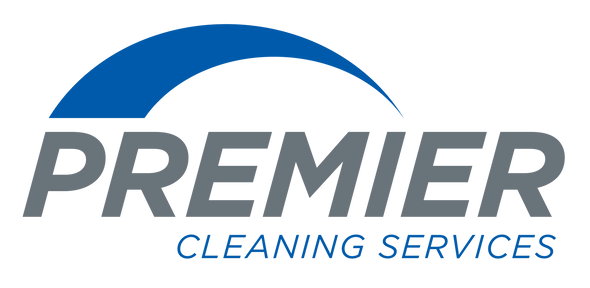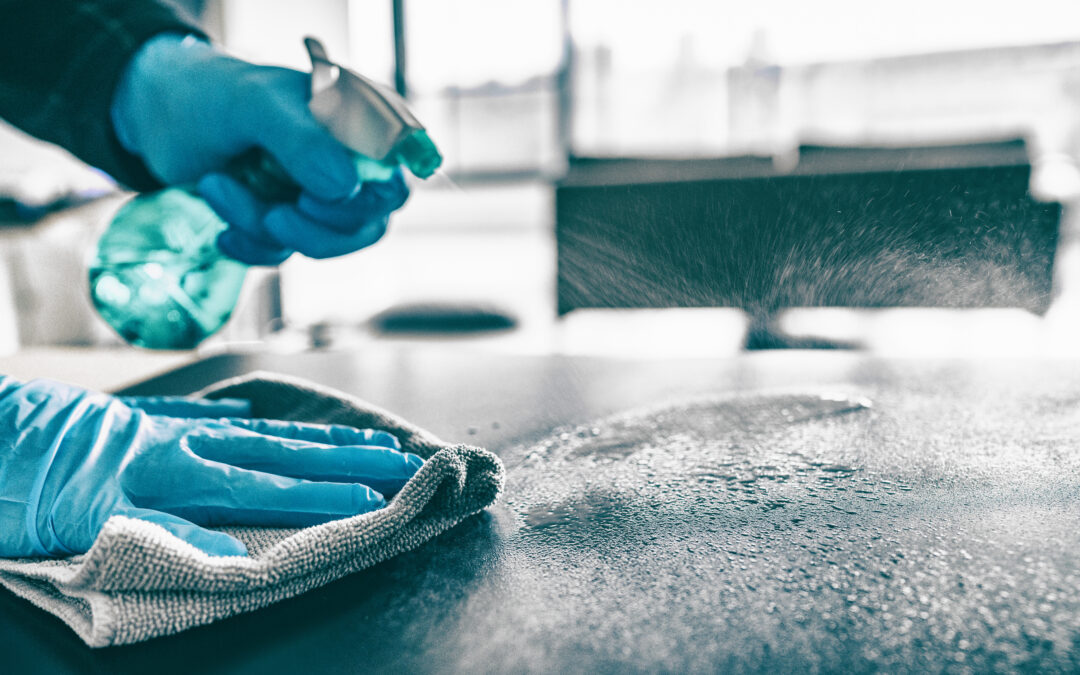Introduction
Cleaning is a mundane yet fundamental aspect of our daily lives, whether it’s for work or home. Effective cleaning plays a role in both professional and personal settings. It can be a great for promoting both physical and mental well-being. But have you ever stopped to ponder the science behind cleanliness? What makes certain cleaning agents more effective than others? How do different techniques impact the removal of dirt and germs? Together, we’ll delve into the fascinating world of cleaning science, exploring the chemistry behind common cleaning agents and the principles that govern effective cleaning techniques.
The Basics of Cleaning Chemistry
At its core, cleaning is a chemical process that involves the removal of unwanted substances—such as dirt, grime, grease, and germs—from surfaces. To understand how cleaning agents work, it’s essential to grasp some fundamental principles of chemistry.
1. Surfactants: The Key Players
Surfactants are the workhorses of cleaning agents. These molecules have a unique structure that allows them to lower the surface tension of water, making it easier to wet surfaces and break up stubborn stains. Surfactants consist of a hydrophilic (water-attracting) “head” and a hydrophobic (water-repelling) “tail.” When mixed with water, surfactants organize themselves into structures called micelles, with their hydrophilic heads facing outward and their hydrophobic tails tucked away inside. This arrangement enables surfactants to surround and lift away dirt and grease, suspending them in water and preventing them from re-depositing onto surfaces.
2. Solvents: Dissolving Dirt and Grease
In addition to surfactants, many cleaning agents contain solvents—chemicals that dissolve dirt, grease, and other substances to facilitate their removal. Solvents work by breaking down the molecular bonds that hold dirt particles together, effectively dispersing them in the cleaning solution. Common solvents include alcohol, ammonia, and various organic compounds. When combined with surfactants, solvents enhance the overall cleaning power of a product, ensuring thorough soil removal.
3. pH Balance: Finding the Sweet Spot
pH, which measures the acidity or alkalinity of a solution, plays a crucial role in cleaning effectiveness. Most cleaning agents are formulated to have a specific pH level that optimizes their performance. For example, acidic cleaners are effective at removing mineral deposits and rust stains, while alkaline cleaners excel at cutting through grease and oil. Understanding the pH requirements of different surfaces and soils is essential for selecting the appropriate cleaning products and avoiding damage to sensitive materials.
Effective Cleaning Techniques
In addition to choosing the right cleaning agents, using proper techniques is necessary for achieving safe and optimal results. Here are some key principles to keep in mind:
1. The Power of Scrubbing
Scrubbing is essential for loosening and dislodging dirt and grime from surfaces. When combined with the chemical action of cleaning agents, scrubbing is especially effective against hard-to-remove substances. It is important to use the appropriate tools and techniques depending on the surface to avoid damage to the furniture, flooring, or appliance you plan to scrub.
2. Allowing Products to Sit and Work
Allowing sufficient time for a product to sit in contact with a surface before you wipe it away is crucial for maximizing the effectiveness of your cleaning agents. During this period, surfactants and solvents have the necessary time to break down soil and residue, making them easier to remove. Follow the manufacturer’s instructions on the cleaning product to produce the best results.
3. Proper Rinsing and Removal of Residues
After cleaning, thorough rinsing is necessary for removing any remaining cleaning agent left on the surface. Failure to properly rinse can result in streaks, residues, or even damage to the surface. As a general rule, use water and an appropriate tool—such as a sponge or mophead—to gently remove any remaining product. Follow the manufacturer’s instructions otherwise.
The Importance of Hygiene
Beyond aesthetics, cleanliness also plays a vital role in maintaining a safe and healthy environment. Proper cleaning and sanitation practices can help to prevent the spread of germs, reduce the risk of infections, and promote overall well-being. Whether in homes, schools, healthcare facilities, or workplaces, effective cleaning is essential for protecting individuals and communities from illness and disease.
Environmental Considerations
In recent years, there has been growing concern about the environmental impact of cleaning products and techniques. Many traditional cleaners contain harsh chemicals that can harm ecosystems and contribute to pollution. In response, there has been a push towards developing eco-friendly cleaning solutions that are safer for both people and the planet. These alternatives use biodegradable ingredients, minimize packaging waste, and prioritize sustainability throughout the product lifecycle.
Conclusion
Cleaning is both an art and a science, requiring an understanding of chemistry, physics, and biology to achieve optimal results. By selecting the right cleaning agents, employing effective techniques, and prioritizing hygiene and sustainability, we can create cleaner, safer environments for ourselves and future generations. Whether tackling household chores or managing commercial cleaning operations, knowledge of the science of clean empowers us to maintain healthier spaces and lead healthier lives.
Looking for a cost-effective, eco-friendly cleaning company to suit all of your commercial cleaning needs? Premier Cleaning Services has been in the industry since the 1990’s, ready to service your building with care and technique. Contact us today to request a free estimate.

